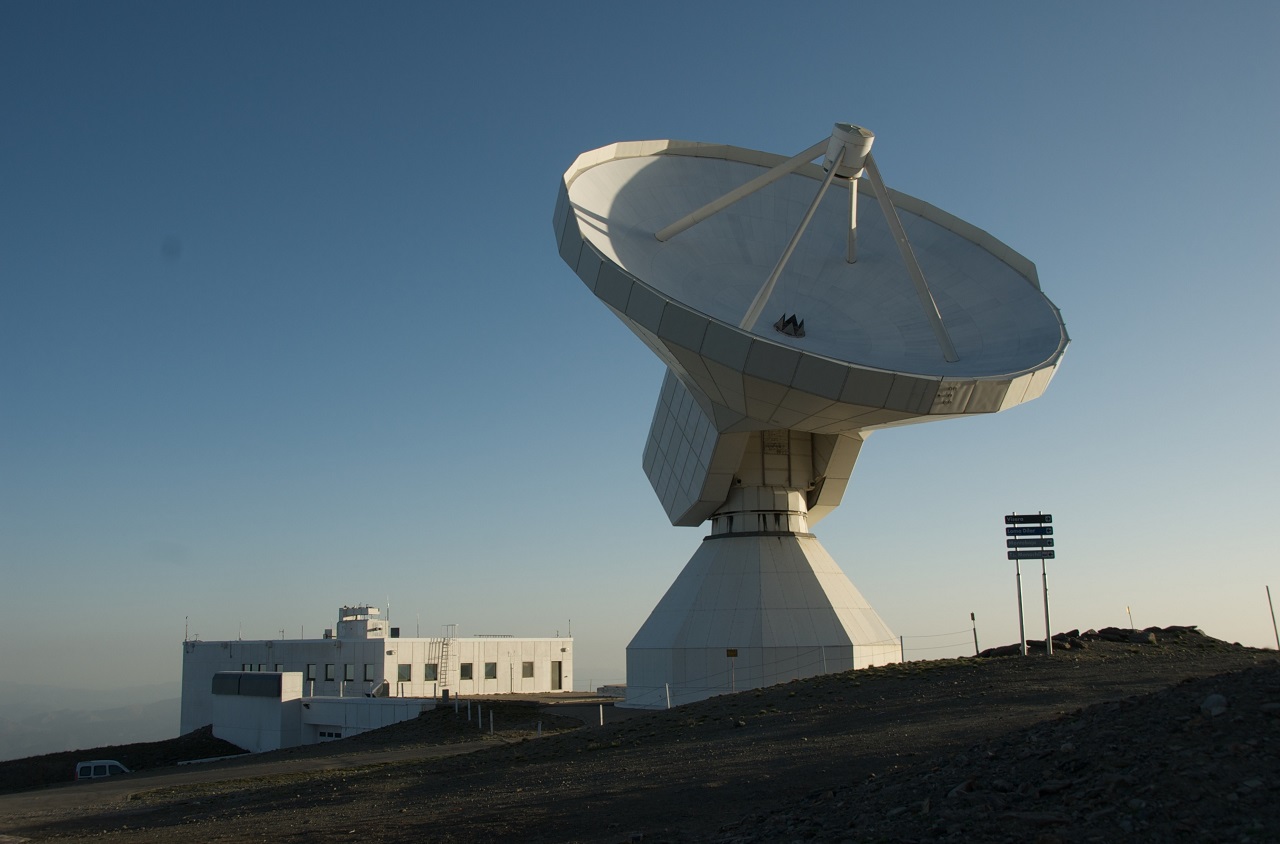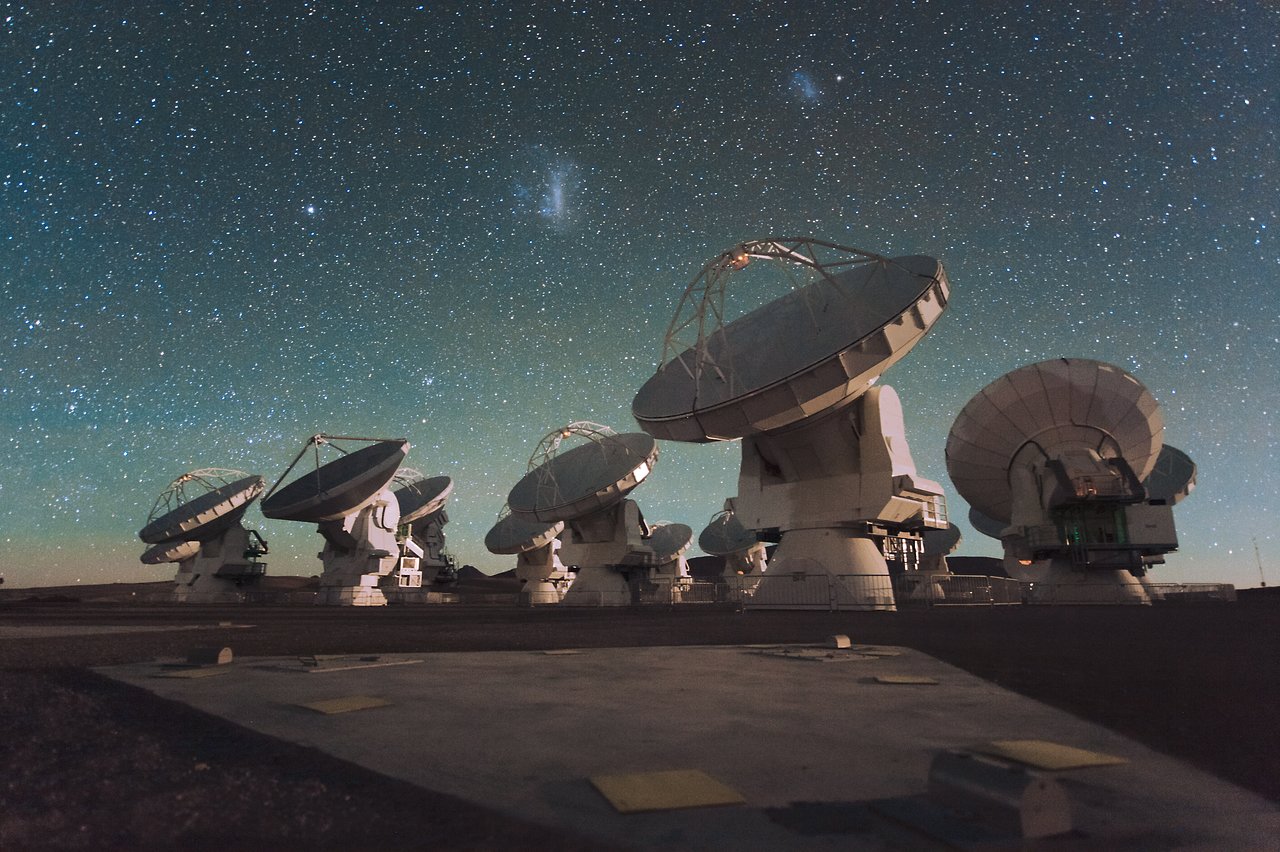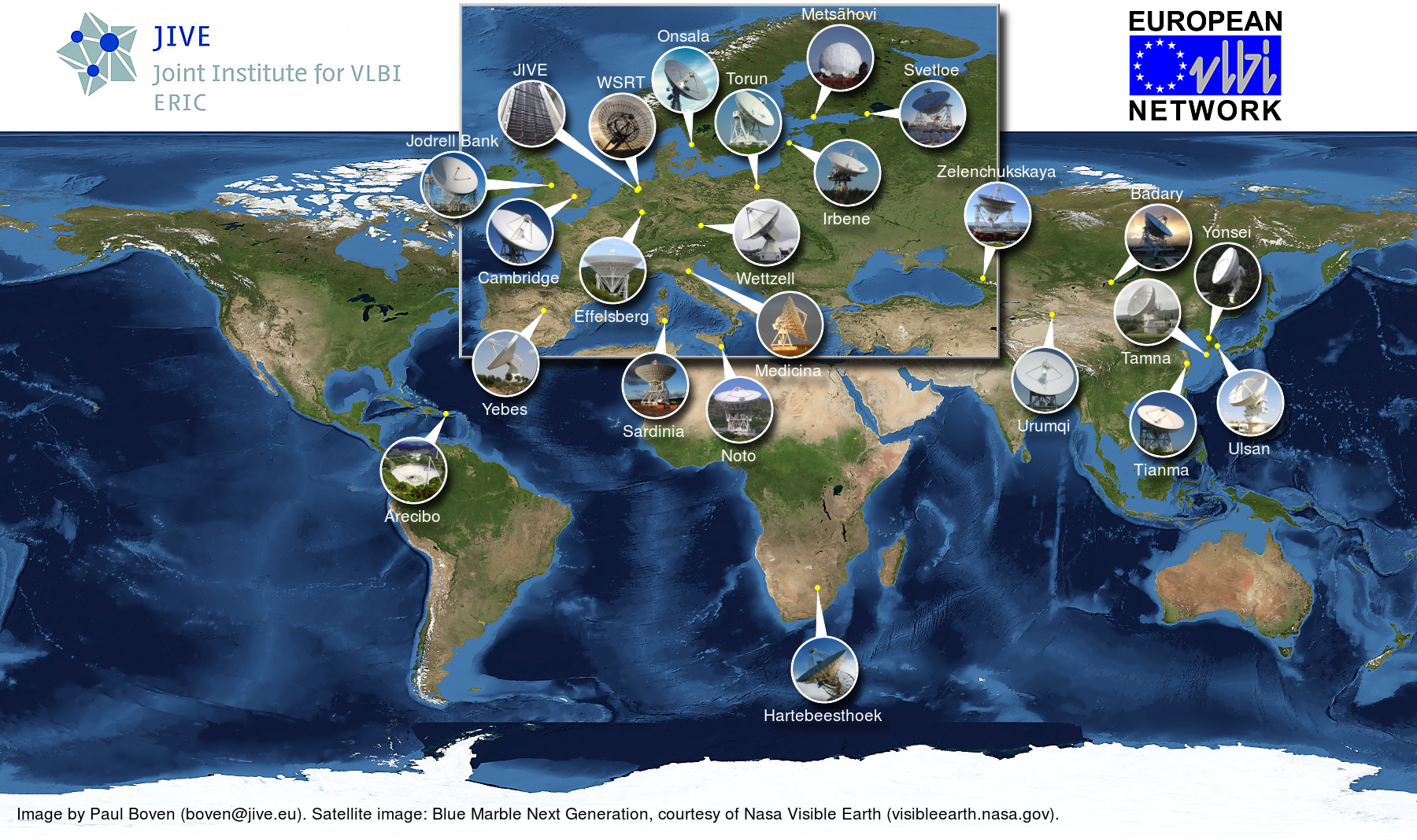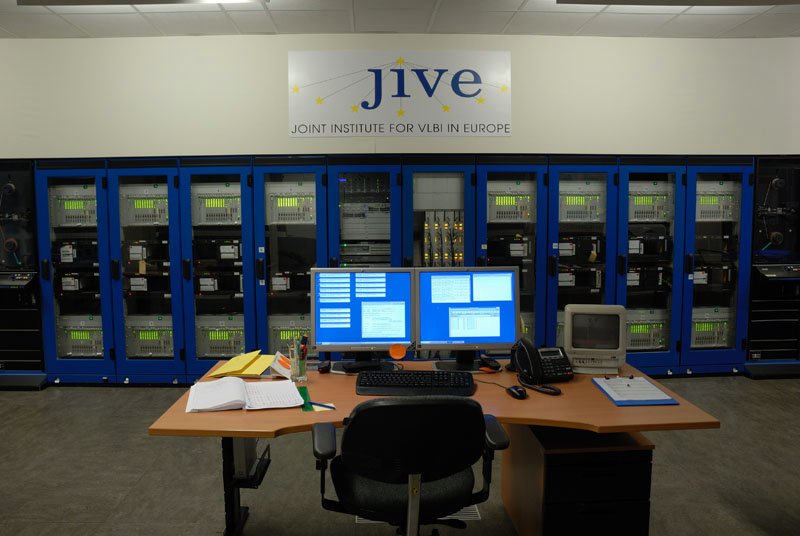Observatorio Astronómico Nacional
Infraestructura científica con más de 200 años

Colaboraciones internacionales
El Observatorio Astronómico Nacional a través del Instituto Geográfico Nacional participa en diferentes colaboraciones internacionales que desarrollan su trabajo dentro del campo de la radioastronomía.
Instituto de Radioastronomía Milimétrica (IRAM)
Instituto de Radioastronomía Milimétrica (IRAM) es un instituto hispano-franco-alemán dedicado a la investigación y al desarrollo tecnológico en el campo de la radioastronomía milimétrica. Ha construido y hace funcionar dos instrumentos que son los mejores del mundo en su género: el radiotelescopio de 30 metros de Pico de Veleta (Granada) y el interferómetro NOEMA compuesto de 12 antenas de 15 metros situadas en Plateau de Bure (Grenoble, Francia).
La sede y los laboratorios centrales se encuentran en Grenoble y una sede en Granada sirve de base al radiotelescopio de 30 metros. El IGN dispone de una fracción del tiempo de observación, en competición abierta internacional. Además, el IGN participa, de forma paritaria, en todos los consejos directivos y técnicos del IRAM.

El gran interferómetro de ondas milimétricas de Atacama (ALMA)
ALMA se ha constituido en el gran observatorio mundial de la radioastronomía milimétrica para el siglo XXI. Es el fruto de una colaboración global que unió a Europa, Norteamérica y Asia del Este para la construcción un radio interferómetro en el desierto de Atacama (Chile) a más de 5.000 metros de altitud.
El interferómetro consta de a 66 antenas de 12 metros de diámetro cada una funcionando de manera coordinada para simular un radiotelescopio de 16 kilómetros de diámetro. La participación del OAN y del Observatorio de Yebes ha permitido a los astrónomos y astrónomas del Observatorio colaborar en todo tipo de actividades de ALMA, tanto en el ámbito científico como en el tecnológico y en el de gestión.

La Red Europea de VLBI (EVN)
La Red Europea VLBI (EVN) es un conjunto de radiotelescopios situados principalmente en Europa y Asia, con antenas adicionales en Sudáfrica y Puerto Rico, que realiza observaciones de muy alta resolución angular. El IGN participa activamente en la EVN desde 1994, por medio de sus telescopios de 40 metros de diámetro situados en el Observatorio de Yebes.

Joint Institute for VLBI in Europe (JIVE)
JIVE es un consorcio internacional compuesto por seis países miembros: Francia, Letonia, los Países Bajos, España (representada por el IGN), Suecia y el Reino Unido. El propósito fundamental de JIVE es proporcionar soporte a la comunidad de usuarios de la Red Europea VLBI (EVN) en todo el mundo.

Square Kilometer Array (SKA)
El equipo científico del OAN está colaborando en los trabajos de preparación del Square Kilometer Array (SKA), un proyecto internacional en el que participan más de 20 países, cuyo objetivo es la construcción de un gran telescopio a longitudes de onda centimétricas. El SKA estará formado por miles de antenas parabólicas y por otras de tipo “aperture array” que simularán antenas gigantes. El objetivo final es conseguir con un área colectora de un kilómetro cuadrado (un millón de metros cuadrados).

